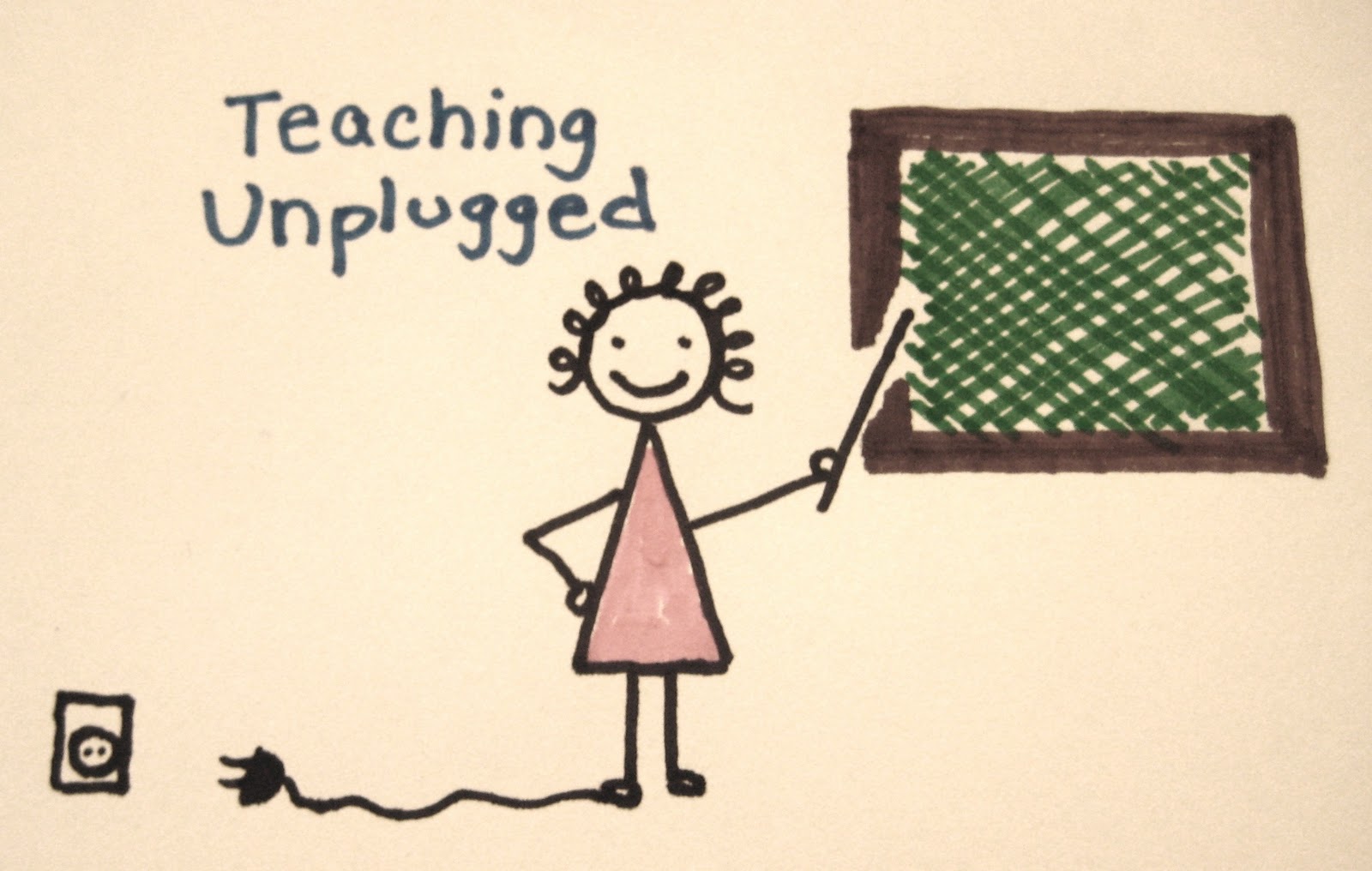Considered to be both a methodology and a movement.
- Dogme is an unrestrained method to language teaching that encourages teaching without published textbooks and emphasizes instead on conversational communication among learners and teacher.
- It has its roots in an article by the language education author, Scott Thornbury.
- This approach is also referred to as “Dogme ELT”, which reflects its origins in the ELT (English language teaching) sector.
- Although it gained its name from an analogy with the Dogme 95 film movement (initiated by Lars von Trier), the connection is not considered close.
Criticism
It has come under criticism from a wide range of teachers and educators because of its apparent rejection of both published textbooks and new technology in language lessons. Furthermore the initial call for a ‘vow of chastity’ is seen as unnecessarily purist and that a weaker adoption of its principles would allow teachers the freedom to choose resources according to the needs of a particular lesson.
Maley also presents Dogme as an approach that “increases the constraints on teachers”. Christensen notes that adoption of Dogme practices may face larger cultural challenges in countries outside of Europe, such as Japan. Questions have also been raised about the suitability of Dogme in low resource contexts and where students are preparing for examinations that have specific syllabi.
Dogme as a Critical Pedagogy
Although Thornbury notes that Dogme is not essentially seeking social reform and therefore does not fulfill generally held criteria for a critical pedagogy, Dogme can be seen as critical in terms of its anti-establishment approach to language teaching.
Dogme, Technology and Web 2.0
Despite the fact that Dogme teaching has been perceived to be anti-technology, Thornbury maintains that he does not see Dogme as being opposed to technology as such, but rather the approach is critical of using technology that does not enable teaching that is both learner centered and is based upon authentic communication.
Indeed, more recent attempts to map Dogme principles on to language learning with web 2.0 tools (under the term “Dogme 2.0”) are considered evidence of Dogme being in transition and therefore of being compatible with new technology.
However, although there is not a clear consensus among Dogme teachers on this issue, there is a dominant view that the physical classroom will be preferable to attempt to substitute physical presence with communication via digital technology.
Key Principles
- Interactivity: the most direct route to learning is to be found in the interactivity between teachers and students and amongst the students themselves.
- Engagement: students are most engaged by content they have created themselves
- Dialogic processes: learning is social and dialogic, where knowledge is co-constructed
- Scaffolded conversations: learning takes place through conversations, where the learner and teacher co-construct the knowledge and skills
- Emergence: language and grammar emerge from the learning process. This is seen as distinct from the ‘acquisition’ of language.
- Affordances: the teacher’s role is to optimize language learning affordances through directing attention to emergent language.
- Voice: the learner’s voice is given recognition along with the learner’s beliefs and knowledge.
- Empowerment: students and teachers are empowered by freeing the classroom of published materials and textbooks.
- Relevance: materials (eg texts, audios and videos) should have relevance for the learners
- Critical use: teachers and students should use published materials and textbooks in a critical way that recognizes their cultural and ideological biases.
